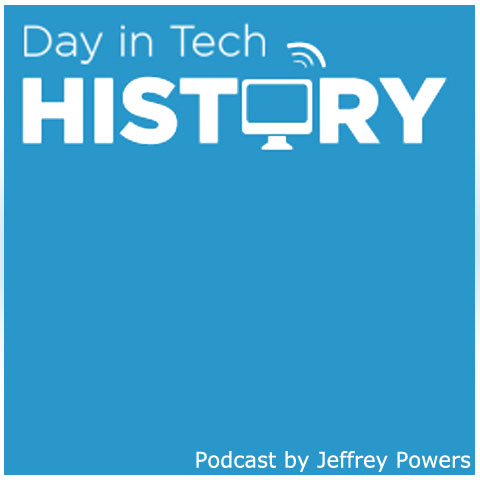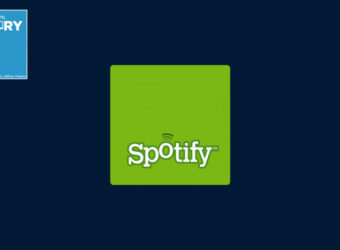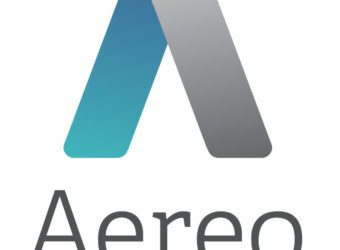July 14, 2011: Spotify Comes to the US
Subscribe! Spotify | RSS | More

2011 – The US waited for this Swedish music streaming service, and on this day, we got it. Founded in 2006, Spotify announced after exhaustive negotiation with four major US record labels, they were given the green light to launch. It came with much praise from the online community. Since then, Spotify was integrated with Facebook, and launched their own apps and app finder.
Meanwhile, in 1995, after 15 million lines and 3 years of programming, Microsoft announces Windows 95 (a.k.a. Chicago) was deemed “Golden“.That meant Microsoft could not make any more fixes or adjustments would be made until it’s release on August 24th. Of course, Microsoft Windows 95 was their first 32-bit operating system and considered a major game changer in the world of computers.
Geekazine Fact: Jeffrey Powers got his IT career as a support agent for Windows 95.

Subscribe to Day In Tech History:
RSS Feed - iTunes - Android - Spotify - iHeartRadio
Facebook -
- RSS Bandwidth by Cachefly Get a 14 Day Trial
- Join me on Patreon and support Day in Tech History
- 386BSD is released
- A girl falls into a manhole while texting
- PalmOne changes back to Palm



















